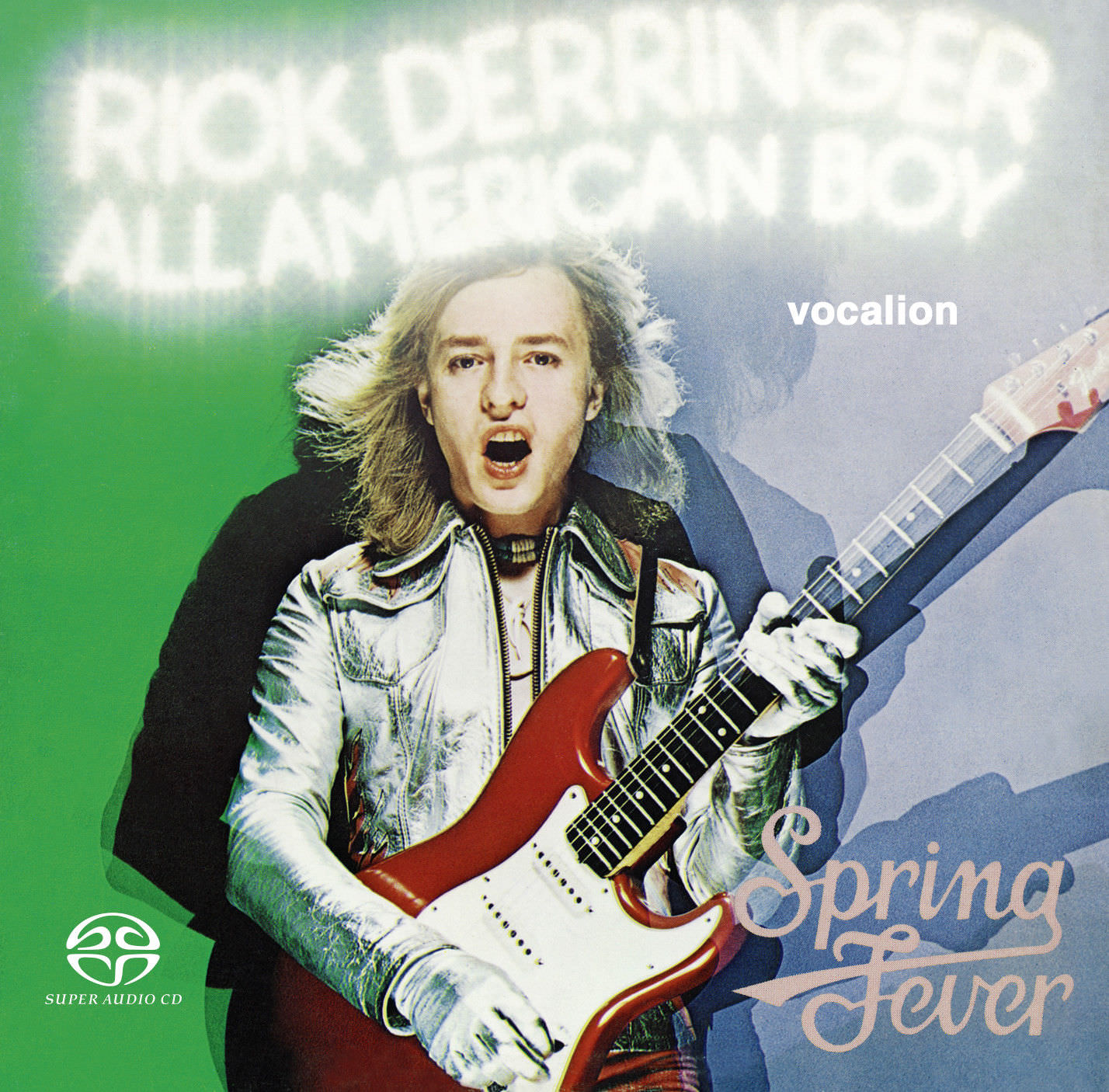I have to say, I really enjoyed reading your impressions of these two albums, and I think your critique about the differences (one being faithful to the stereo mix and one not) actually really highlight the two ends of the spectrum of what I love about quad. Some mixes are really like "remixes", the instrumental balance, tonal characteristics, vocal/solo takes or production choices are radically different, and others are like the stereo version, just the "3D glasses" version.
I enjoy the less faithful ones because you often get an alternate perspective on the studio performance, but there's certainly a risk involved when you go that route, because as you say, some tracks work and some don't. I think if you're overly familiar with a stereo version, any changes (even subtle ones) can be jarring. Sometimes these discs take a few listens to grow on you and you begin to enjoy them for what they are, rather than what they're not, or what they're missing.
With regard to All American Boy and Spring Fever, I think there's an easy answer as to why one is different and one is the same - All American Boy was recorded and mixed for stereo by Bill Szymczyk at Caribou Ranch in the summer of '73, and then remixed for quad by Don Young at CBS in NYC in early '74. Aside from being two entirely different people (presumably with different tastes and styles) I'm sure CBS's studio had different outboard gear, monitors, mixing desk etc than Caribou Ranch.
Adam's also on to something with the drier sound - I know for a fact that one of the CBS SQ mixing rules was that reverbs had to emanate from the same place as the thing causing them, ie if your guitar was in front, reverbs also had to be in front. But I also know that SQ encoding/decoding basically 'eats' reverb, even when it's done to spec (I think Adam can also verify this, comparing Surround Master decodes with Q8 equivalents) and those studios had a built-in 'discrete bypass' where they could flip a switch and hear what their mix would sound like SQ encoded and then SQ decoded, and I think they made adjustments to get the most out of SQ. That isn't to say the discrete mix was an afterthought, just that maximising compatibility and separation for SQ LP was the first concern since that was the way most people were listening to it. So perhaps they came to the conclusion that less reverb led to a better SQ decode - generally speaking engineers are very meticulous in what they do, I don't think any of these mixes are of the "screw it, it's good enough" variety.
By the same token, the CBS in-house quad remix guys were at their busiest in this era, and I'm sure they weren't as intimately familar with this music as we are 45 years later. Don Young did at least 10 quad remixes in '74, and probably more, these are the credited ones, with thanks to Adam's Unsung Heroes list:
Chicago - II
Mac Davis - Stop And Smell The Roses
Billy Joel - Piano Man
Billy Joel - Streetlife Serenade
Michel Legrand - 20 Songs of the Century
Poco - Cantamos
Barbra Streisand - The Way We Were
Edgar Winter Group - Shock Treatment
Johnny Winter - Saints and Sinners
So who knows, there are a lot of reasons things could be different, from totally by accident to totally on purpose. Some of Young's other quad mixes contain significant differences from the stereo versions, like the extra lead guitar in 25 or 6 to 4 on Chicago II for example. There's also that photograph of Derringer in the CBS quad studio with Larry Keyes - I know Keyes didn't mix this one, but maybe Derringer had some input on the quad mix and asked for changes to be made.
As for Spring Fever, the explanation for the quad and stereo mixes sounding similar is much simpler - Shelly Yakus engineered the album and mixed both versions at the same time, at the Record Plant NYC in early '75. So it was same person, same studio, same time, etc. Columbia was trying to encourage more of their artists to do that, or "record in quad" as they called it, but then by '76 seemingly everything changed - instead of doing most new albums in quad, it was more like "gold records only" for CBS and RCA, and everyone else got out of quad entirely, and then by the end of '76 RCA was done, and mid-'77 CBS was done too.
Dave....love your posts...so informative























